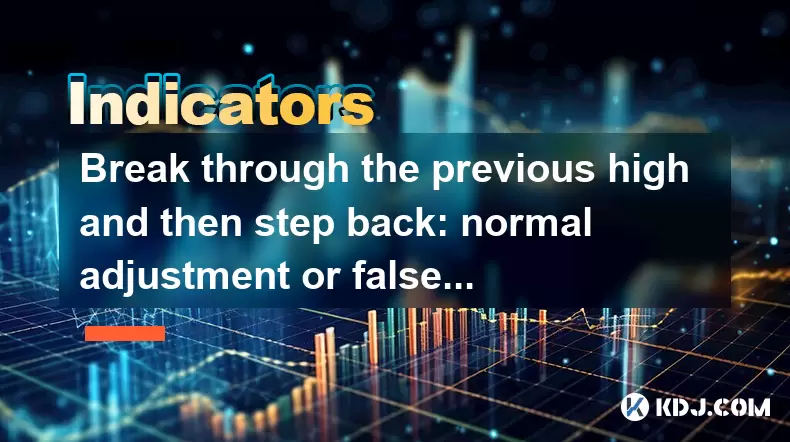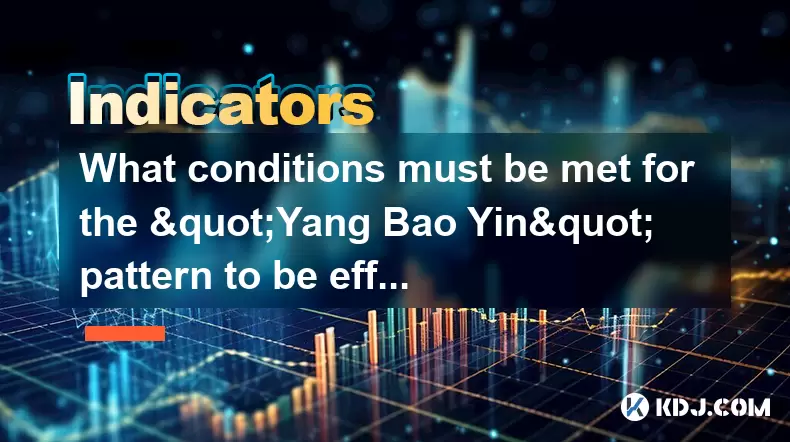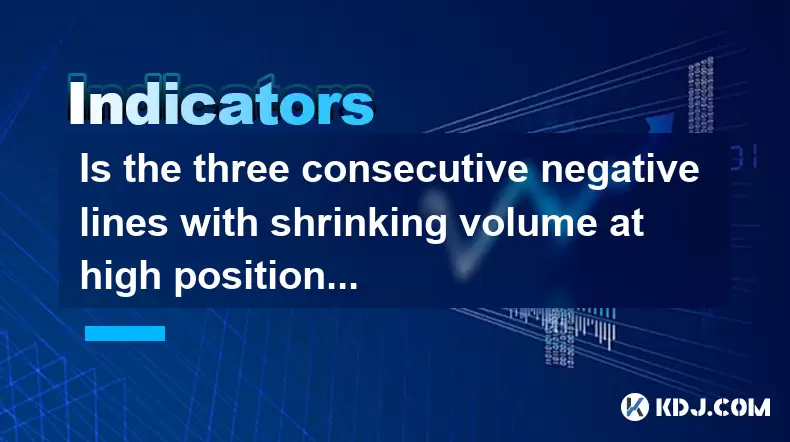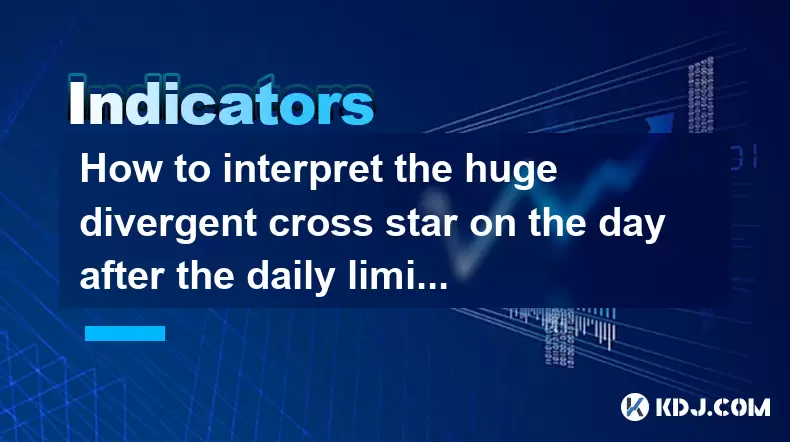-
 Bitcoin
Bitcoin $105,053.8967
0.28% -
 Ethereum
Ethereum $2,536.9103
0.49% -
 Tether USDt
Tether USDt $1.0004
0.01% -
 XRP
XRP $2.1735
1.51% -
 BNB
BNB $650.9659
-0.36% -
 Solana
Solana $146.0013
1.03% -
 USDC
USDC $1.0000
0.01% -
 Dogecoin
Dogecoin $0.1776
1.66% -
 TRON
TRON $0.2700
-1.20% -
 Cardano
Cardano $0.6367
0.08% -
 Hyperliquid
Hyperliquid $41.5154
4.36% -
 Sui
Sui $3.0303
1.00% -
 Bitcoin Cash
Bitcoin Cash $436.0395
5.03% -
 Chainlink
Chainlink $13.1926
-0.32% -
 UNUS SED LEO
UNUS SED LEO $9.0306
-0.41% -
 Stellar
Stellar $0.2595
0.37% -
 Avalanche
Avalanche $19.1528
0.37% -
 Toncoin
Toncoin $3.0008
1.46% -
 Shiba Inu
Shiba Inu $0.0...01218
4.24% -
 Hedera
Hedera $0.1597
4.06% -
 Litecoin
Litecoin $86.1907
2.88% -
 Polkadot
Polkadot $3.8078
-0.27% -
 Ethena USDe
Ethena USDe $1.0005
0.02% -
 Monero
Monero $315.3789
0.26% -
 Dai
Dai $0.9999
0.01% -
 Bitget Token
Bitget Token $4.5446
0.46% -
 Pepe
Pepe $0.0...01114
4.48% -
 Uniswap
Uniswap $7.3261
1.15% -
 Pi
Pi $0.5867
5.21% -
 Aave
Aave $276.8268
-2.40%
Break through the previous high and then step back: normal adjustment or false breakthrough?
A crypto breakout above a prior high followed by a swift pullback often signals manipulation or weak momentum, requiring traders to confirm with volume and retests before acting.
Jun 12, 2025 at 06:03 pm

Understanding Breakthroughs and Pullbacks in Cryptocurrency Trading
In the volatile world of cryptocurrency, price movements often exhibit patterns that can be misleading to both novice and experienced traders. One such pattern is when an asset breaks through a previous high only to pull back shortly afterward. This phenomenon raises critical questions: Is this movement a normal market adjustment, or does it signal a false breakout?
To begin understanding this behavior, we must first define what constitutes a breakout. A breakout occurs when the price of an asset moves above a key resistance level with strong volume, suggesting that demand has overcome supply at that level. When this happens after reaching a previous high, it's typically interpreted as a bullish signal.
However, if the price quickly reverses and falls below the breakout point, traders may question whether the move was genuine or just a trap set by large players (whales) to manipulate retail traders.
What Causes a False Breakout?
False breakouts occur due to several factors, particularly in cryptocurrency markets where liquidity can be thin and order books manipulated more easily than in traditional markets. Here are some common causes:
- Liquidity Hunting: Large traders place orders just beyond key levels to trigger stop-losses and create artificial momentum.
- Market Manipulation: Whales or bots may push prices past resistance to lure buyers before reversing the trend.
- Weak Volume Confirmation: A breakout without sufficient trading volume lacks conviction and is more likely to fail.
- Profit-Taking: Traders who entered positions near the prior high may take profits immediately after a new high is reached, causing a reversal.
These dynamics explain why a seemingly strong breakout can quickly turn into a pullback. The key for traders lies in analyzing these signals carefully before making decisions.
How to Differentiate Between Real and False Breakouts
Distinguishing between a legitimate breakout and a false one involves a combination of technical analysis tools and market structure observation. Consider the following:
- Volume Analysis: A real breakout usually comes with a surge in trading volume. If the volume remains low during the breakout, it could indicate a lack of interest or manipulation.
- Price Action Confirmation: Look for strong candlestick formations like bullish engulfing patterns or long wicks indicating rejection of lower prices.
- Re-test of the Breakout Level: After breaking out, if the price re-tests the former resistance as support and holds, it’s a sign of strength.
- Order Book Depth: In crypto exchanges with visible order books, check for hidden sell walls or sudden spikes in liquidity that might suggest manipulation.
By combining these techniques, traders can better assess whether the breakout is sustainable or likely to reverse.
Strategies to Trade or Avoid False Breakouts
Navigating false breakouts requires disciplined risk management and strategic entry points. Here are several approaches traders use:
- Wait for Retest: Instead of entering immediately on the breakout, wait for the price to retest the broken resistance. If it holds as support, consider entering long.
- Use Tight Stop-Losses: Place stop-loss orders just below the breakout level to limit losses if the move fails.
- Combine Indicators: Use moving averages, RSI, or MACD to confirm the strength of the breakout. For example, if RSI is overbought but still rising, it might suggest continued momentum.
- Monitor Order Flow: On platforms with advanced charting tools, observe the flow of buy and sell orders around key levels to gauge institutional participation.
These strategies help mitigate the risks associated with false breakouts while allowing traders to participate in real trends when they emerge.
Psychology Behind Breakouts and Pullbacks
The psychology of market participants plays a crucial role in shaping breakout and pullback patterns. Here's how different trader behaviors influence these events:
- FOMO (Fear of Missing Out): Retail traders often rush in after seeing a breakout, pushing the price higher temporarily before profit-taking ensues.
- Skepticism Among Institutional Players: Big players may hesitate to commit capital unless there’s clear institutional buying or macro-level support.
- Stop-Loss Triggering: As mentioned earlier, whales sometimes push prices slightly beyond key levels to activate retail stop-losses, creating artificial volatility.
- Emotional Reversals: Once the price starts falling from a breakout point, panic selling can accelerate the pullback.
Understanding the emotional undercurrents helps traders stay calm and avoid knee-jerk reactions during volatile periods.
Common Questions About Breakouts and Pullbacks
Q1: How long should I wait after a breakout to confirm it's real?
A general rule is to wait for at least two candlesticks to close above the resistance level. Additionally, observing whether the price retests and respects the level as support increases confidence in the breakout.
Q2: Can fundamental news affect breakout reliability?
Yes, positive news can strengthen a breakout, while unexpected negative developments can invalidate even the strongest technical signals. Always consider upcoming announcements or regulatory changes in the crypto space.
Q3: Should I always avoid trading breakouts in crypto due to volatility?
Not necessarily. While crypto is highly volatile, using proper risk management and confirming signals with multiple tools can make breakout trading profitable. Discipline and patience are essential.
Q4: What timeframes are best for identifying true breakouts?
Higher timeframes like 4-hour or daily charts tend to offer more reliable breakout signals compared to short-term intraday charts. However, scalpers can still trade smaller timeframes if they closely monitor volume and order flow.
Disclaimer:info@kdj.com
The information provided is not trading advice. kdj.com does not assume any responsibility for any investments made based on the information provided in this article. Cryptocurrencies are highly volatile and it is highly recommended that you invest with caution after thorough research!
If you believe that the content used on this website infringes your copyright, please contact us immediately (info@kdj.com) and we will delete it promptly.
- Rexas Finance (RXS), Sui (SUI), Shiba Inu (SHIB), and Hedera (HBAR): 4 Cryptos to Watch in 2024
- 2025-06-14 21:50:12
- As Over $90 Billion in TVL Remains Untapped, a New Generation of Crypto Companies Emerges
- 2025-06-14 21:50:12
- Mutuum Finance (MUTM) Pre-Sale Raises $7.3M Awaiting 20% Cost Increase to $0.03
- 2025-06-14 21:45:12
- USD/CAD Depreciates as US Dollar Remains Subdued
- 2025-06-14 21:45:12
- Tariff Tensions Reinforce JPY Safe-Haven Appeal
- 2025-06-14 21:40:13
- President Trump's upcoming 100-day speech has attracted great attention in the cryptocurrency field.
- 2025-06-14 21:40:13
Related knowledge

How to calculate the probability of trend continuation after the MACD column divergence?
Jun 14,2025 at 08:01am
Understanding MACD Column DivergenceThe Moving Average Convergence Divergence (MACD) is a widely used technical indicator in cryptocurrency trading. The MACD column, also known as the histogram, represents the difference between the MACD line and the signal line. When price makes a new high or low but the MACD histogram does not confirm this movement, a...

What are the volume requirements for adjusting the K line in the "rising three methods" pattern?
Jun 14,2025 at 07:50am
Understanding the 'Rising Three Methods' Pattern in Cryptocurrency TradingThe 'rising three methods' pattern is a bullish continuation candlestick formation that traders often use to identify potential upward momentum in cryptocurrency price charts. This pattern typically appears during an uptrend and suggests that the trend is likely to continue after ...

What conditions must be met for the "Yang Bao Yin" pattern to be effective?
Jun 14,2025 at 06:42am
Understanding the 'Yang Bao Yin' Pattern in Cryptocurrency TradingThe Yang Bao Yin pattern is a candlestick formation commonly observed in technical analysis within the cryptocurrency market. This pattern typically signals a potential bullish reversal after a downtrend. However, for this pattern to be effective and reliable, certain conditions must be m...

Is the three consecutive negative lines with shrinking volume at high positions a signal that the main force has finished shipping?
Jun 14,2025 at 09:56am
Understanding the Concept of Three Consecutive Negative LinesIn cryptocurrency trading, three consecutive negative lines refer to a situation where an asset's price chart shows three successive candlesticks with closing prices lower than their opening prices. This pattern typically indicates bearish sentiment in the market. When this occurs at high posi...

Is it an opportunity for the long positive line with large volume to break through the platform and then shrink back?
Jun 14,2025 at 04:42am
Understanding the Long Positive Line with Large VolumeIn technical analysis, a long positive line refers to a candlestick pattern where the closing price is significantly higher than the opening price, often indicating strong buying pressure. When this occurs alongside large volume, it suggests that market participants are actively involved in pushing t...

How to interpret the huge divergent cross star on the day after the daily limit?
Jun 14,2025 at 02:35pm
Understanding the Divergent Cross Star PatternIn the realm of technical analysis within cryptocurrency trading, candlestick patterns are essential tools for predicting price movements. One such pattern is the divergent cross star, which appears as a doji or near-doji candle following a significant price move. When this pattern occurs the day after a dai...

How to calculate the probability of trend continuation after the MACD column divergence?
Jun 14,2025 at 08:01am
Understanding MACD Column DivergenceThe Moving Average Convergence Divergence (MACD) is a widely used technical indicator in cryptocurrency trading. The MACD column, also known as the histogram, represents the difference between the MACD line and the signal line. When price makes a new high or low but the MACD histogram does not confirm this movement, a...

What are the volume requirements for adjusting the K line in the "rising three methods" pattern?
Jun 14,2025 at 07:50am
Understanding the 'Rising Three Methods' Pattern in Cryptocurrency TradingThe 'rising three methods' pattern is a bullish continuation candlestick formation that traders often use to identify potential upward momentum in cryptocurrency price charts. This pattern typically appears during an uptrend and suggests that the trend is likely to continue after ...

What conditions must be met for the "Yang Bao Yin" pattern to be effective?
Jun 14,2025 at 06:42am
Understanding the 'Yang Bao Yin' Pattern in Cryptocurrency TradingThe Yang Bao Yin pattern is a candlestick formation commonly observed in technical analysis within the cryptocurrency market. This pattern typically signals a potential bullish reversal after a downtrend. However, for this pattern to be effective and reliable, certain conditions must be m...

Is the three consecutive negative lines with shrinking volume at high positions a signal that the main force has finished shipping?
Jun 14,2025 at 09:56am
Understanding the Concept of Three Consecutive Negative LinesIn cryptocurrency trading, three consecutive negative lines refer to a situation where an asset's price chart shows three successive candlesticks with closing prices lower than their opening prices. This pattern typically indicates bearish sentiment in the market. When this occurs at high posi...

Is it an opportunity for the long positive line with large volume to break through the platform and then shrink back?
Jun 14,2025 at 04:42am
Understanding the Long Positive Line with Large VolumeIn technical analysis, a long positive line refers to a candlestick pattern where the closing price is significantly higher than the opening price, often indicating strong buying pressure. When this occurs alongside large volume, it suggests that market participants are actively involved in pushing t...

How to interpret the huge divergent cross star on the day after the daily limit?
Jun 14,2025 at 02:35pm
Understanding the Divergent Cross Star PatternIn the realm of technical analysis within cryptocurrency trading, candlestick patterns are essential tools for predicting price movements. One such pattern is the divergent cross star, which appears as a doji or near-doji candle following a significant price move. When this pattern occurs the day after a dai...
See all articles

























































































